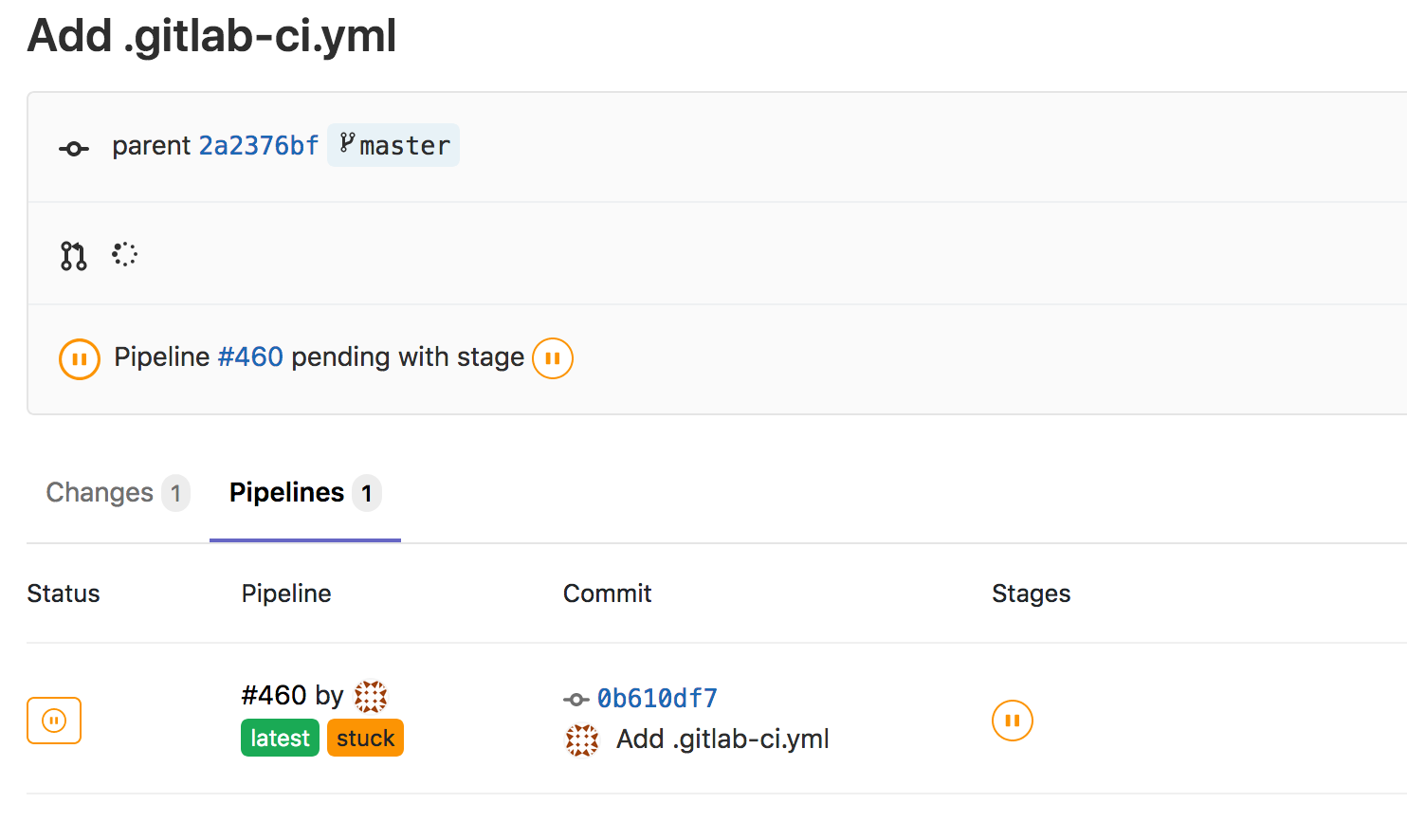

- #GITLAB YML FILE TUTORIAL HOW TO#
- #GITLAB YML FILE TUTORIAL INSTALL#
- #GITLAB YML FILE TUTORIAL FULL#
- #GITLAB YML FILE TUTORIAL CODE#

#GITLAB YML FILE TUTORIAL INSTALL#
This will install and start GitLab Runner on your server. Run the following to install GitLab Runner: curl -L | sudo bash GitLab Runner acts as the interface between GitLab and your remote server. NOTE: SSH procedure may be different on windows Install GitLab Runner You can sign up on DigitalOcean and quickly provision Ubuntu server. In this step, you will be needing a server running Ubuntu. In the next step, we will be configuring our server to work with GitLab’s CI/CD. docker run -d -p 80:80 -rm -name todoapp app/vue-demoĬommit and push these files to the remote repository: git add.
#GITLAB YML FILE TUTORIAL CODE#
It contains operations and commands that should be executed on the server on every code push. This config file creates a communication to the server.

This will allow GitLab to deploy our changes to the server. This Docker configuration pulls the Node alpine image which will be used to build our application for production and the second stage pulls the Nginx alpine image which will be used to serve our build codebase copied from the first stage. Using your preferred text editor or IDE, create a new file named Dockerfile without any extension and paste the following: FROM node:lts-alpine as build-stageįROM nginx:stable-alpine as production-stageĬOPY -from=build-stage /app/dist /usr/share/nginx/html In this step, we will be configuring our pipeline using Docker and GitLab CI. When done, visit vue-demo project dashboard on Gitlab, all your source files should be present. You will be prompted to input your GitLab password or authenticate via SSH if you have previously configured that in the past. NOTE: Replace with your actual GitLab username. To do that, head over to the terminal and make sure you are in the application’s directory and run the following: git init You need to associate your vue-demo application locally with the remote repository. Name the project vue-demo, you can leave the project description empty, it can be either a public or private repository.

Click on it.Ī new screen will come up asking you to give a name to the project. At the top right corner of your GitLab dashboard, you will see a green button with the text New project. Head over to GitLab’s Website and log into your account or create an account if you do not have one already. Now, you will be pushing your Vue application to a GitLab repository.
#GITLAB YML FILE TUTORIAL FULL#
Click here to see the full demo with network requests Set up GitLab This will make your Vue application accessible on localhost via port 8080. When this is done, change directory into the vue-demo folder created by the vue-cli and run: npm run serve You will be prompted to select a preset, leave it at the default preset, and press enter to continue. Run the following to create a new Vue application: vue create vue-demo In this step, you will be creating a new app using the vue-cli create command which will help us scaffold our application along with necessary plugins. Run the following command to install vue-cli on your local machine: npm install -g will pull all the dependencies required to run vue-cli, you can verify its installation by running: vue It is a command-line tool that enables you to quickly scaffold a new Vue application. Latest release of node installed on your local machineįirst, you will be installing vue-cli.
#GITLAB YML FILE TUTORIAL HOW TO#
How to auto deploy a Vue application using GitLab CI/CD on Ubuntu 18.04


 0 kommentar(er)
0 kommentar(er)
